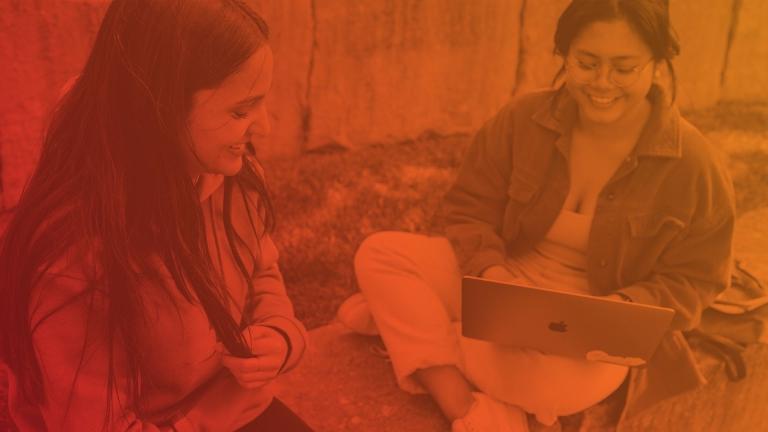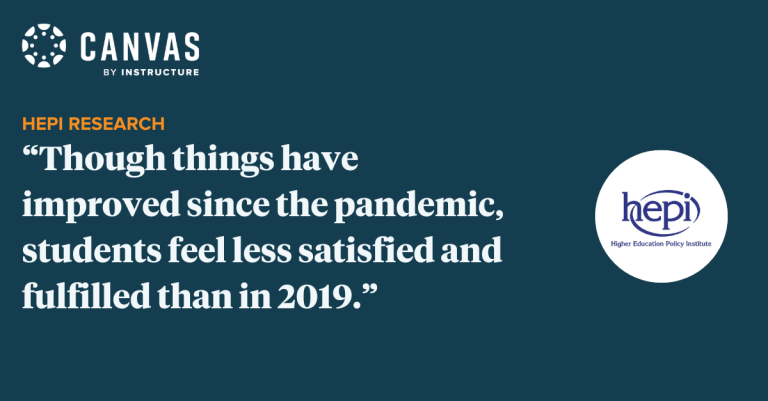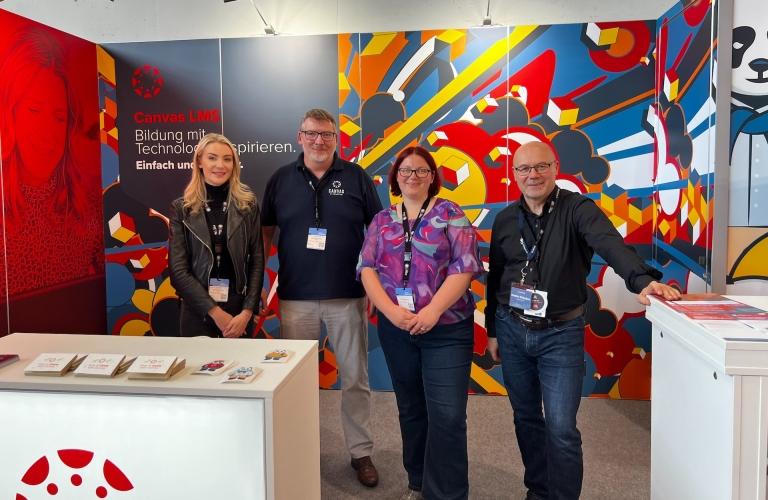
The binary nature of traditional education, where you either graduate or you don't, has left many learners with partial accomplishments and unfulfilled dreams. This issue is driving a shift towards Competency-Based Education, often called CBE.
At its core, CBE is about putting the learner in the driver's seat. It's an approach that values mastery over minutes in a classroom. Traditional education often boxes students into a one-size-fits-all model, leaving no room for individual progress. In contrast, CBE acknowledges that every learner is unique. By focusing on personalised learning paths, CBE allows students to progress at their own pace, mastering skills before moving forward.
Competency-Based Education vs. Traditional Methods: A Shift in Learning
So, what sets CBE apart from the traditional model? Flexibility. In traditional education, a student's progress is dictated by fixed semesters and credit hours. CBE, on the other hand, allows students to progress based on their skills rather than seat time, empowering them to complete courses and programmes at a pace that suits their circumstances. It's a model that caters to the needs of working professionals, parents, and anyone with a non-linear life journey.

At the heart of CBE lies the concept of outcomes. Outcomes are not just a set of arbitrary goals; they are the foundation upon which a learner's success is built. Defining clear, achievable outcomes allows educators to tailor their instruction to meet the unique needs of their students. Moreover, it enables students to visualise their educational journey, making learning purposeful and tangible.
But CBE is not merely about acquiring hard skills. It recognises the importance of cultivating soft skills, the intangible qualities that make individuals well-rounded and adaptable in a rapidly changing world. Skills like critical thinking, communication, and collaboration are seamlessly integrated into the CBE model. Through innovative tools and methods, educators can assess and nurture these skills, ensuring that students graduate academically proficient, emotionally intelligent, and socially adept.
Embarking on Your CBE Journey: Steps to Getting Started
Institutions like Florida Gulf Coast University and Chaffey College are pioneering the CBE movement. By implementing CBE programmes, these institutions are bridging the gap between education and employability. They're empowering students to enter the workforce with a toolkit of skills that extend far beyond what traditional education can offer.
Embarking on the journey to offer competency-based education requires careful planning, commitment, and a willingness to challenge traditional educational norms. Here's a step-by-step guide for higher education institutions to start on their path to offering competency-based education:

- Assessment and Mapping: Identify the competencies and learning outcomes students need to achieve. Engage with employers and industry experts to ensure that the competencies align with the necessary skills in the job market. Map these competencies across the curriculum.
- Flexible Curriculum Design: Reimagine curriculum design to allow for flexibility. Break down courses into smaller modules or units, each representing a specific competency. Design assessments that measure mastery of these competencies rather than time spent in a classroom.
- Faculty Training and Development: Provide training and professional development opportunities for faculty. Help them adapt to new teaching methods and assessment strategies. Faculty members are crucial in guiding and mentoring students on their competency-based learning journey.
- Student Support Services: Establish robust student support services. As students progress at their own pace, they might require personalised guidance and counselling. Academic advisors and support staff need to be well-equipped to assist students effectively.
- Quality Assurance and Assessment: Develop a rigorous quality assurance process. Regularly assess the effectiveness of CBE programmes, gather feedback from students and faculty, and make data-driven improvements. Continuous evaluation ensures that the education is high quality and meets the intended outcomes.
- Community Engagement: Engage with the community, employers, and industry partners. Collaboration with external stakeholders helps validate the relevance of the competencies identified and provides opportunities for internships, work-study programmes, and real-world projects.
- Continuous Improvement: CBE programmes should be continuously monitored, evaluated, and improved based on feedback, data, and evolving industry needs. Flexibility and a commitment to adapt are essential to the success of competency-based education initiatives.
Higher education institutions can initiate and sustain successful competency-based education programmes by following these steps, providing students with personalised, meaningful, and industry-relevant learning experiences.
Nurturing Potential in Competency-Based Education
Competency-based education is not just a paradigm shift; it's a revolution. It's a call to action for educators to embrace the diversity of learners and tailor their approaches accordingly. It invites students to take ownership of their learning journey and progress at their own pace. It's a promise to the future workforce, equipping them with knowledge, resilience, adaptability, and empathy.

By focusing on outcomes, embracing flexibility, and nurturing hard and soft skills, educators can create a learning environment where every student's potential is realised, one competency at a time. As we embark on this journey, let's remember: in the realm of Competency-Based Education, the possibilities are as boundless as the human potential it seeks to nurture.
Exploring Competency-Based Education Resources
To support educators venturing into the world of CBE, Instructure has created a dedicated space in the Instructure Community: The CBE Community Hub. Here, educators can find curated guides and resources tailored specifically for CBE implementation. It's a hub for sharing ideas, experiences, and best practices, fostering a collective effort to reshape education for the better.
Want to see how Canvas LMS is becoming the engine for a growing number of new, online CBE programmes? Check out the Canvas CBE Prospectus.
Related Content
 hepi_blog.png
hepi_blog.pngBlog Articles
 canvas-offline-blog-thumbnail-2024.jpg
canvas-offline-blog-thumbnail-2024.jpgBlog Articles
 img_4584_2.jpg
img_4584_2.jpgBlog Articles